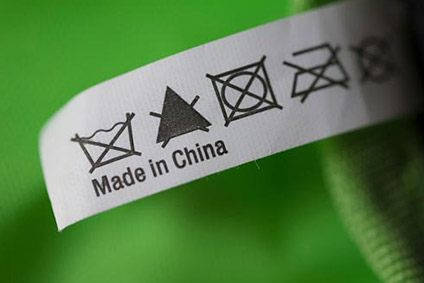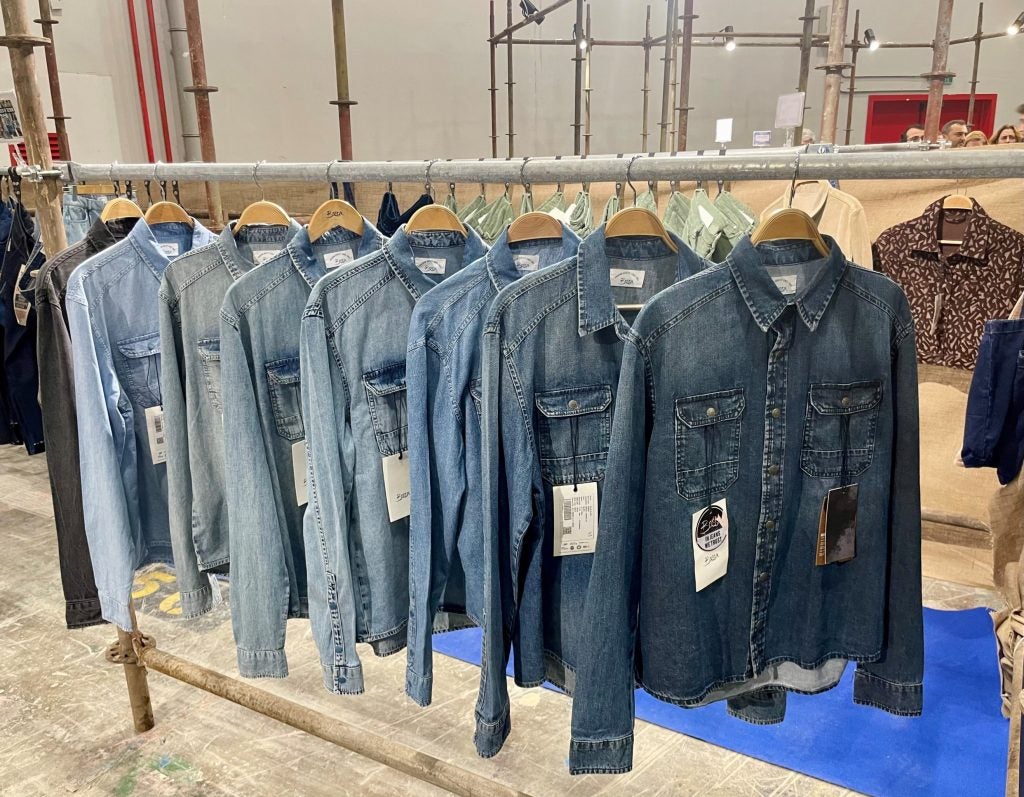
How is the escalating tariff war weighing on China’s textile and apparel exports to the US? And what China production trends should sourcing executives be watching? Dr Sheng Lu, associate professor in the Department of Fashion and Apparel Studies at the University of Delaware, takes a closer look.
China’s prospects as a sourcing destination for textiles and apparel have attracted significant attention amid the escalating tariff war with the US. While China remains the top textile and apparel supplier to the US, its overall market share has been in a steady decline. Some recent studies have also found that US importers are strategically adjusting what they source from China – suggesting the dynamics of China’s competitiveness could vary across different product categories.
Given the high stakes and heated debates, this article explores how US-China trade tension since 2017 has affected the competitiveness of China’s textile and apparel exports to the US.
The analysis is based on data collected from the US Department of Commerce’s Office of Textiles and Apparel (OTEXA). It includes the value of US imports from China between 2016 (the year before the US launched its Section 301 investigation against China) and March 2019 (the latest data available) for a total of 167 product categories.
Based on the constant market share (CMS) model, a commonly adopted international trade analysis tool, it breaks down the value of US textile and apparel imports from China into the following four factors:
How well do you really know your competitors?
Access the most comprehensive Company Profiles on the market, powered by GlobalData. Save hours of research. Gain competitive edge.

Thank you!
Your download email will arrive shortly
Not ready to buy yet? Download a free sample
We are confident about the unique quality of our Company Profiles. However, we want you to make the most beneficial decision for your business, so we offer a free sample that you can download by submitting the below form
By GlobalData- Market growth effect: Changes in China’s textile and apparel exports to the US due to the growth of total US import demand.
- Commodity structural effect: Changes due to the shifting product structure of China’s textile and apparel exports.
- General competitive effect: Changes due to the shifting competitiveness of Chinese textile and apparel products in the US market (measured by China’s market share).
- Product competitive effect: Changes due to the joint effect of the shifting product structure and the shifting competitiveness of Chinese textile and apparel products in the US market (measured by China’s market share).
Four findings are of note
#1: US-China trade tension has negatively affected China’s textile and apparel exports to the US. Even though the majority of textile and apparel products have not yet been subject to the US Section 301 punitive tariff, China’s exports to the US have seen a significant drop, particularly since the beginning of this year. Data from OTEXA shows that in the first quarter of 2019, China exported US$233m less textiles and apparel to the US than a year earlier, especially in the categories of made-up textiles (down US$87.3m), fabrics (down US$89.4m) and apparel (down US$40.0m). This result, however, was at odds with the overall trend of China’s exports to the US in recent years. Excluding apparel, China’s exports of yarns, fabrics and made-up textiles to the US all enjoyed steady and positive growth between 2016 and 2018. Overall, it seems US importers are shifting sourcing orders away from China because of concerns over trade tensions rather than their usual business considerations.
#2: Higher US demand has partially mitigated the negative impact of trade tension on China’s textile and apparel exports. Results of the CMS model indicate that higher US demand, driven by the booming US economy, has helped prevent an even worse decline in imports from China. In other words, without this market growth, China’s textile and apparel exports to the US would have been US$2,065m lower in 2018 (including US$528m for apparel) and US$388m less (including US$368m for apparel) in the first quarter of 2019.
#3: China’s export competitiveness is shifting from apparel to textiles. Results of the CMS model show that even before the tariff war, the competitiveness of China’s apparel exports was weakening – making this the most significant factor contributing to the US$530m decline in US apparel imports from China between 2016 and 2018. Likewise, waning competitiveness also caused a US$368m drop in China’s apparel exports to the US in the first quarter of 2019 compared with a year earlier.
In comparison, China has been exporting more yarns and fabrics to the US in recent years. Data from OTEXA shows that between 2016 and 2018, China’s yarn and fabric shipments to the US enjoyed a compound annual growth of 13.1% and 2.6% respectively, compared with a 0.6% decline in apparel. The CMS model further suggests that China’s improved export competitiveness in these products can explain the majority of the increased exports. Consistent with the trend, yarns and fabrics together accounted for around 6% of China’s total textile and apparel exports to the US in 2018, up from only 3% in 2010. Over the same period, China’s market share of US yarn and fabric imports also rose from 20% in 2010 to nearly 30% in 2018.
#4: The changing product structure of China’s exports to the US also has an impact on trade flows. For example, as estimated, China lost around US$20.4m apparel exports to the US in the first quarter of 2019 because sourcing orders shifted towards product categories with lower market growth. In comparison, the commodity structural effect has favoured China’s made-up textile exports to the US market, resulting in US$21.9m more exports in the first quarter of 2019 than otherwise. Meanwhile, the product structure of China’s yarn and fabric exports to the US overall has stayed stable.
In summary, the study confirms the overall negative impact of trade tension on China’s textile and apparel exports to the US. But the research also indicates that other factors, such as market growth and commodity structural effect, also have contributed to these changing trade flows since 2016.
Additionally, the findings suggest that US importers should be mindful of China’s shifting role in the textile and apparel supply chain, which is moving from mostly supplying apparel to focusing more on textile exports. The ongoing US-China trade tension could be accelerating this process.
*Note: comparison between January-March 2019 vs 2018








